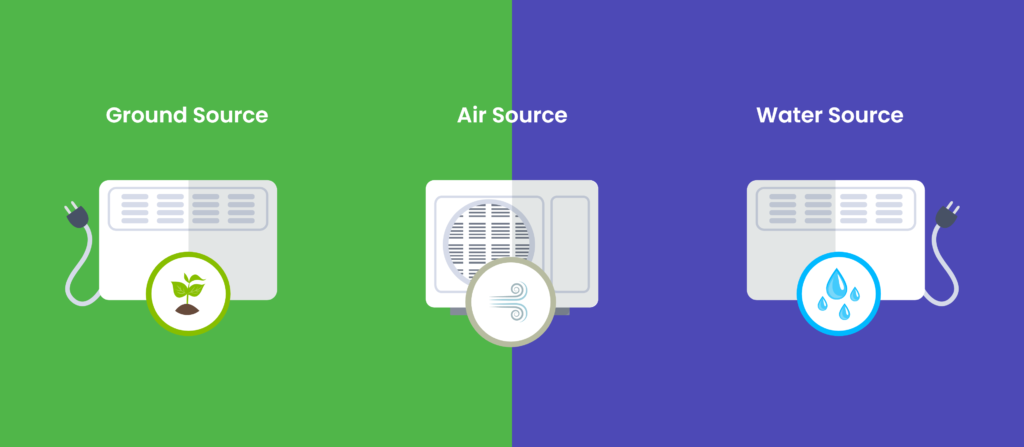
Introduction
A heating pump is a tool that could be heating a construction (or a part of a construction) via way of means of moving thermal power from the outdoors to the usage of the refrigeration cycle. Many heating pumps also can perform withinside the contrary direction, cooling the construction via way of means of putting off heat from the enclosed area and rejecting it outdoors. Units that handiest offer cooling is referred to as air conditioners.
When in heating mode, a refrigerant at outdoor temperature is compressed. As a result, the refrigerant will become hot. This thermal power may be transferred to an indoor unit. After being moved outside again, the refrigerant is decompressed — evaporated. It has misplaced a number of its thermal power and returns chillier than the environment. It can now take in the encompassing power from the air or the floor earlier than the system repeats. Compressors, fans, and pumps run with electric-powered power.
WHAT TYPES OF HEAT PUMPS ARE THERE?
The maximum not unusual place varieties of heating pumps are air heat pumps and ground heat pumps.
Air heat pumps switch heating between indoor air and doors air and are extra famous for residential heating and cooling.
They may be similarly categorized in step with the kind of installation:
Ducted: The indoor coil of the heating pump is placed in a duct. Air is heated or cooled via way of means of passing over the coil, earlier than being allotted thru the ductwork to exceptional places inside the home.
Ductless: The indoor coil of the heating pump is placed in an indoor unit. These indoor gadgets are typically placed on the ground or wall of an occupied area, and warm or cool the air in that area directly. Among those gadgets, you could see the phrases mini- and multi-split:
Mini-Split: A private indoor unit is placed withinside the home, served via way of means of a single doors unit.
Multi-Split: Multiple indoor gadgets are placed withinside the home, and are served via way of means of a single out of doors unit.
Air-air structures are extra green whilst the temperature distinction between outside and inside is smaller. Because of this, air-air heating pumps typically try and optimize their performance via way of means of supplying a better extent of heat air, and heating that airs to a decreased temperature (usually between 25 and 45°C). This contrasts with furnace structures, which supply a smaller extent of air, however warmness that air to better temperatures (between 55°C and 60°C). If you’re switching to a warmness pump from a furnace, you could note this while you start the usage of your new warmness pump.

Ground heat pumps once in a while referred to as geothermal heating pumps, switch warmness between the air interior of your own home and the floor outdoor. These are extra pricey to put in however are generally extra green and feature a decreased running fee because of the consistency of the floor temperature during the year.
These varieties of structures include key components:
Ground Heat Exchanger: This is the heating exchanger used to feature or cast off thermal power from the earth or floor. Various heating exchanger configurations are possible and are defined later in this section.
Heat Pump: Instead of air, floor-supply heating pumps use a fluid flowing thru the floor heating exchanger as their supply (in heating) or sink (in cooling).
On the construction aspect, each air and hydronic (water) structures are possible. Operating temperatures at the constructing aspect are very essential in hydronic applications. Heat pumps perform greater efficaciously whilst heating at decreased temperatures of beneath forty-five to 50°C, making them a higher fit for radiant flooring or fan coil structures. Care needs to be taken if thinking about their use with excessive temperature radiators that require water temperatures above 60°C, as those temperatures usually exceed the bounds of maximum residential heat pumps.
The performance of a heat pump is expressed as a coefficient of performance (COP), or the seasonal coefficient of performance (SCOP). The better the number, the greater green a warmth pump is and the much less electricity it consumes. When used for area heating, warmth pumps are usually an awful lot greater electricity green than easy electric resistance heaters.
